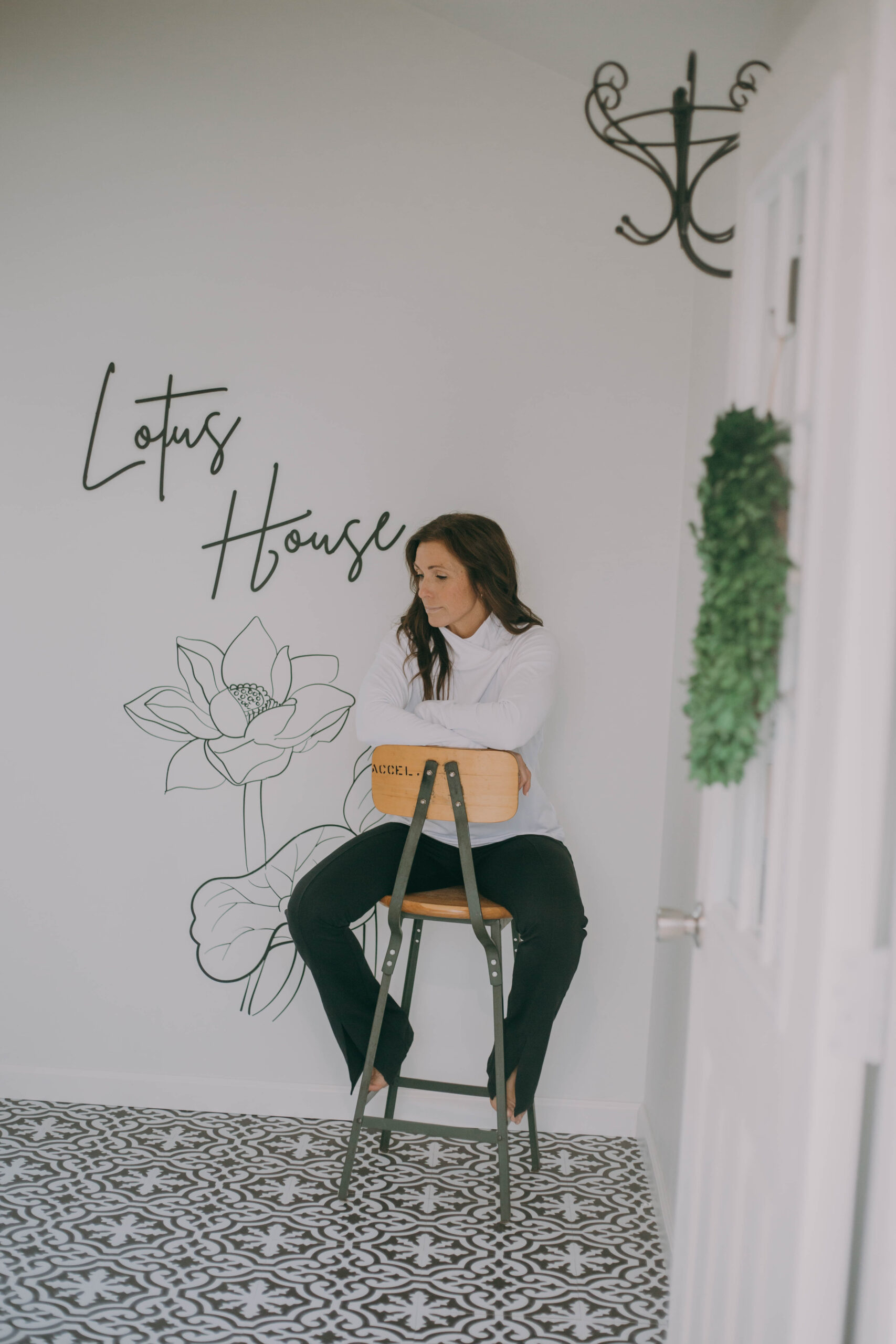When feeling sad, you’re often told to “look on the bright side” or “just be grateful” – as if acknowledging sadness is somehow a quick “flip of a switch” or a sign of showing ingratitude. Or how about “what do you have to be sad about” – as if sadness is somehow not worthy of or needs some evident reason to be in your headspace.
As a society we tend to try to keep everything “ok” – “it’s fine everything is fine.” I have had my own fair share of light banter about this quote. And, although it can make for a good t-shirt design, it really is the mindset we think we need to uphold at times. Likewise, sadness is often misunderstood or “scary” and, because of this, people often try to convince themselves or others around them to simply “feel better – you have no reason to be sad or lonely or anxious or…or or….”
The truth is, there doesn’t have to be “a reason.” Sometimes “things aren’t fine.” Emotions don’t come with a book of step-by-step reasons or instructions. Unhappiness is not a flaw or something “bad.” It’s not something that needs an evident reason. It’s not a sign of ingratitude. It’s part of being human.
When in the depths of unhappiness, you may want to find a way “out” of how you’re feeling; when, really, learning to stay present through it is what will help you get past it. Unhappiness needs recognition, time, and space. Recognizing it and not ignoring it will help you get to the other side of it.
Happiness is often sold as the “ultimate life goal.” Self-help books, social media influencers, and even advertisements suggest that if you just work hard enough, think positively enough, or buy the right product, you’ll find lasting joy. This is a myth. No one lives in a constant state of happiness. Emotions ebb and flow. Just as you experience joy, you are meant to experience sadness, frustration, grief, and emptiness. Even in the darkest of moments, these so-called “negative” emotions aren’t signs that you’re broken. They’re signs that you’re alive.
Rather than something to be ignored or “fixed,” unhappiness can be a valuable signal. When noticed and given the time and space it needs, it might point to a need that’s gone unmet – a lack of connection, meaning, rest, or self-compassion. Sometimes, it reflects a deeper truth – that something in your life or within yourself is asking to be heard.
By accepting unhappiness instead of resisting it, you give yourself permission to explore what it really means.
When you deny your unhappiness, you don’t eliminate it – you bury it. Over time, buried pain and sadness can manifest as anxiety, burnout, physical illness, or even self-harm. Pretending to be “fine” for too long takes a toll.
Acceptance doesn’t mean giving up or wallowing. It means honoring your emotional reality, rather than fighting it. It means saying to yourself, “I feel unhappy right now, and that’s okay.”
Mindfulness teaches us to be present with what is, without judgment. You don’t have to like your unhappiness, but you can learn to sit with it. Like clouds passing through the sky, your emotions are temporary. The more you let them come and go, the less power they have to control you.
This doesn’t mean you shouldn’t seek support or make changes. Acceptance is not passivity, it’s clarity. It’s the ground from which real change can begin.
Another key factor – realize you’re not alone. One of the most isolating parts of unhappiness is the belief that everyone else is doing better than you. Reality is, everyone struggles. Everyone has moments or entire seasons of doubt, sorrow, emptiness, and unhappiness. By feeling any of these, you’re not failing at life. You’re experiencing it.
Accepting your unhappiness doesn’t mean you’re giving up hope. It means you’re brave enough to face your truth without pretending. It means you understand that every emotion has a place, and that your worth isn’t defined by your mood.
Being human means sometimes not being okay – and that’s okay!
Each week we try to correlate these Blog Posts with our weekly newsletter. In each you will also get a helpful Mindful Minute – this week, “Observe a Leaf.” If you haven’t yet, enter your first name, email and click “yes, please” in the black box within the main Blog Page of this website to have these drop into your inbox each week.
For additional tips on mindful living and topics like this, follow me @livinghealthyin5fields on social media.

you said: